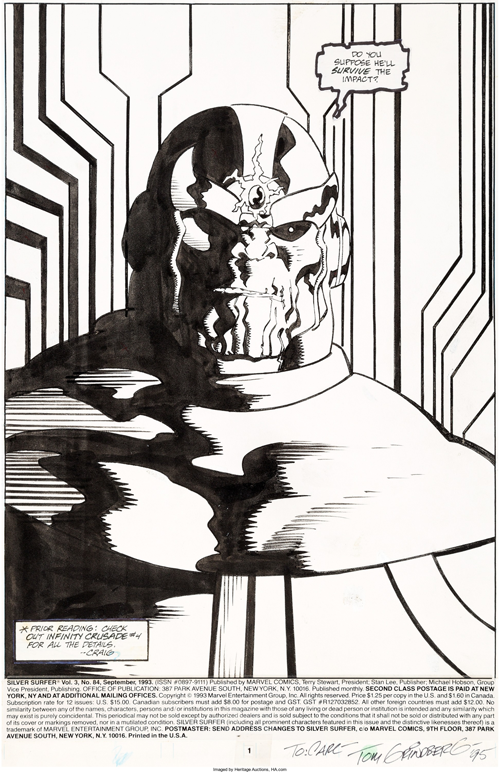Every time my family visits our relatives in Riverside, CA, we stop at Renaissance Books. They have a great selection of old SF. This past trip I picked up a random DAW paperback with an intriguing cover and blurb, As the Curtain Falls by Robert Chilson.

As the Curtain Falls by Robert Chilson, cover art by Hans Ulrich and Ute Osterwalder.
In this short novel, Chilson explores a doomed civilization that haunts ruins of technological wonder in the far future, long after humanity has explored the stars, given up on that dream, and now struggles to survive on a dying, resource-depleted Earth.
As the Curtain Falls was published in 1974, a couple years after two of the greatest books in the dying earth sub-genre: An Alien Heat by Michael Moorcock (the first part of The Dancers at the End of Time trilogy which I reviewed on this blog) and The Pastel City by M John Harrison. I see the influence of both Moorcock and Harrison on Chilson’s book, Moorcock in the sardonic attitude of the anti-hero Trebor, and Harrison in the imagery and language. On the whole, As the Curtain Falls might not reach the heights of those two books, but Chilson does outdo them both in his evocative setting: the oceans have dried out and the continents are uninhabitable; the remnants of humanity live in the ocean bottoms, the amount of arable land shrinking each generation as the salted deserts encroach.

Traitor to the Living by Philip José Farmer, another cover by Hans Ulrich and Ute Osterwalder.
Chilson has done extensive world-building for this future that he only uses in this one 174-page book. The forests are phosphorescent trees and colorful coral. Starfish and lobsters are the predators. People move across the salt flats in giant sleds with sails. Insects and bacteria have evolved to eat plastic. Gems are polished chunks of a mysterious substance manufactured by the lost civilizations of the Dawn. We get glimpses of a long history of empires and conflicts without dwelling too much on specifics. This long history has thematic resonance – We feel the weight of this history, the hundreds of millions of years of humanity that has lead to this moment near the end, the vast impersonal hate of time. This theme is common to the best books of the dying Earth sub-genre.
Another aspect of this book that I really enjoyed is the focus on art. Many SF books are so focused on technology that they devalue or ignore the non-functional products of civilization. But the title of As the Curtain Falls is probably a reference to the curtain falling over the play of humanity on the Earth. And there’s a complete play within the novel that is cut from an inexplicable theatrical tradition with no explanation of its meaning by the narrator. Finally there’s the eccentric immortal that our protagonists meet while they’re running through the giant midden heaps of the Dawn age, an immortal who proclaims to them that “art is longer than any life.” The endurance of art is the only weak hope that Chilson offers us.

A painting by Hans Ulrich and Ute Osterwalder for the cover of Flow my Tears the Policeman Said by Philip K Dick.
I hadn’t heard of Chilson before I bought As the Curtain Falls on a whim. He hasn’t written much but I’m going to look for his other original novels.


















